Stars like our Sun can eat their own planets! Here is what the study reveals
A latest study has revealed that stars like our Sun can expand and engulf their own planets. Check details here.
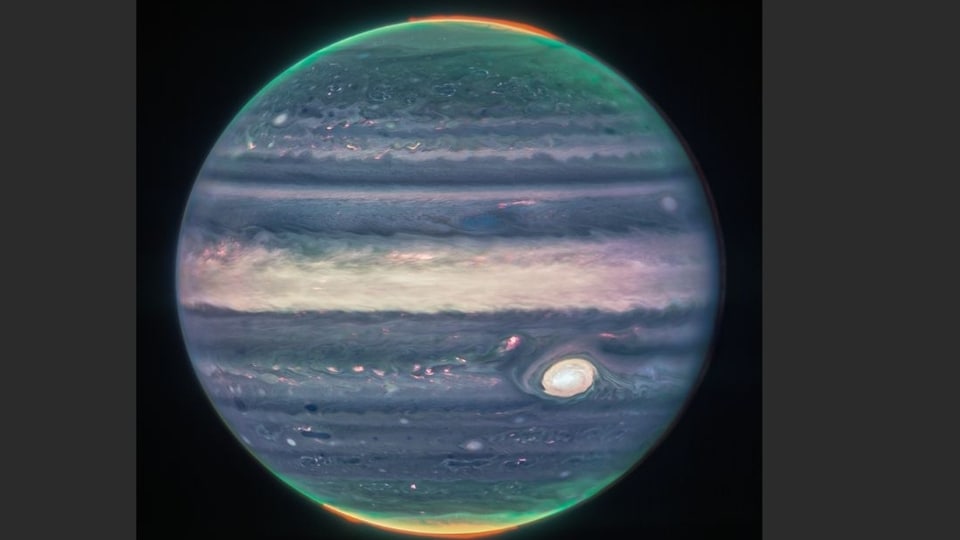
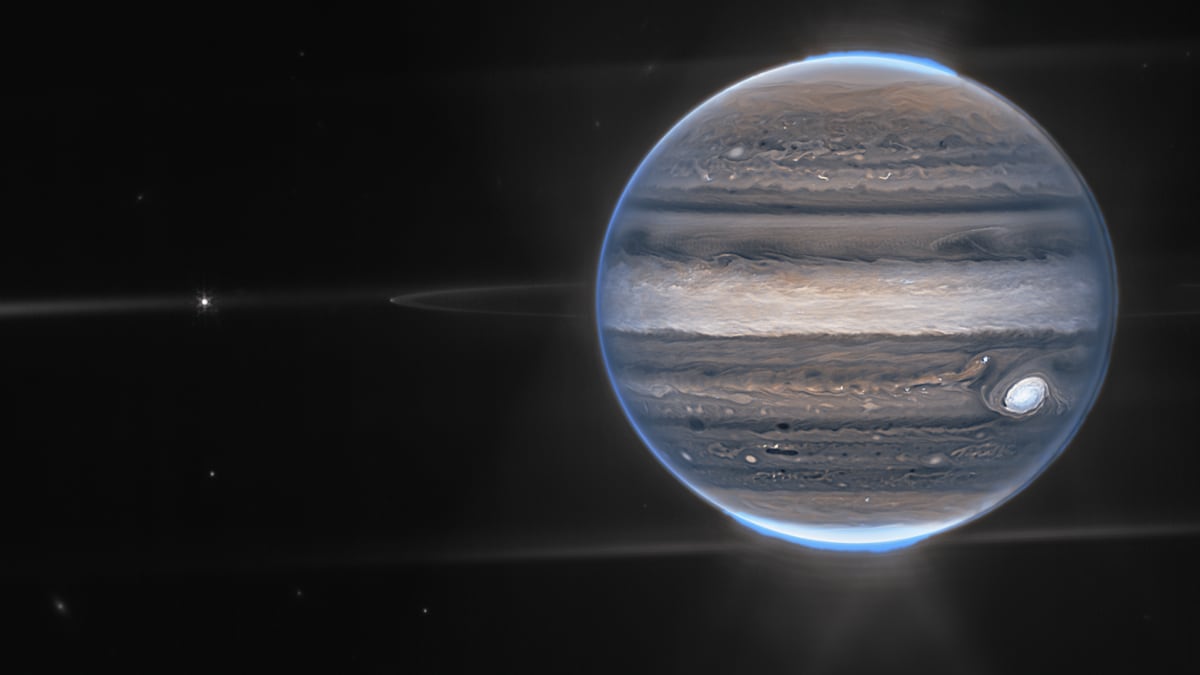
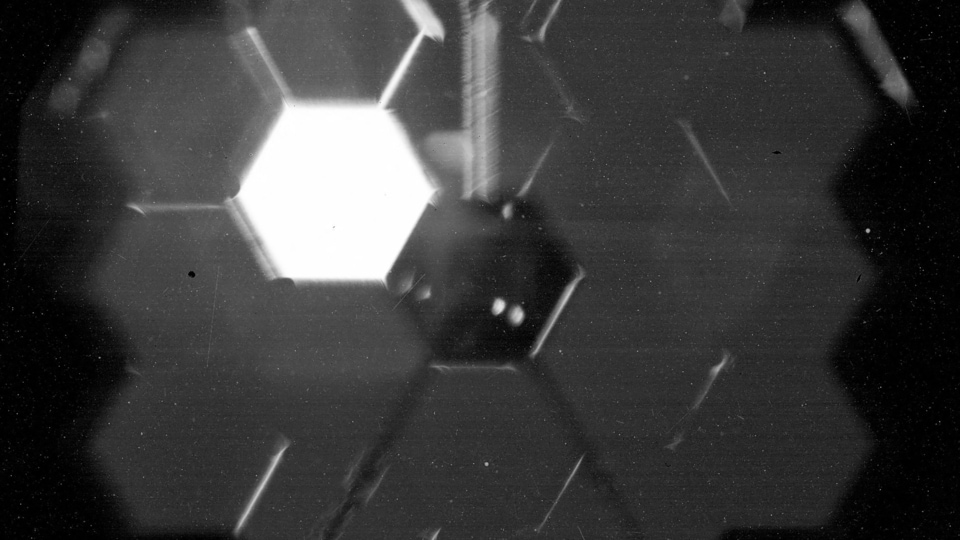
_1661230453587.jpg)
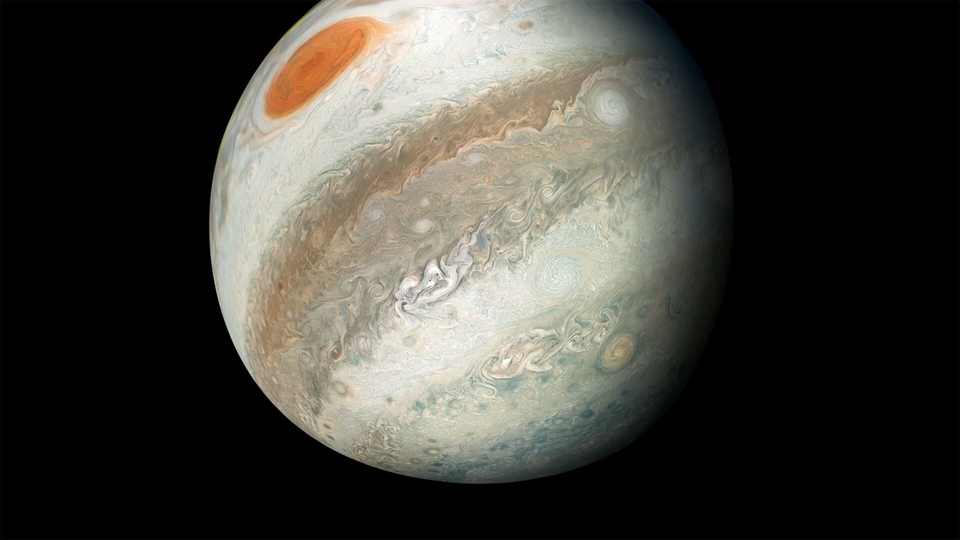
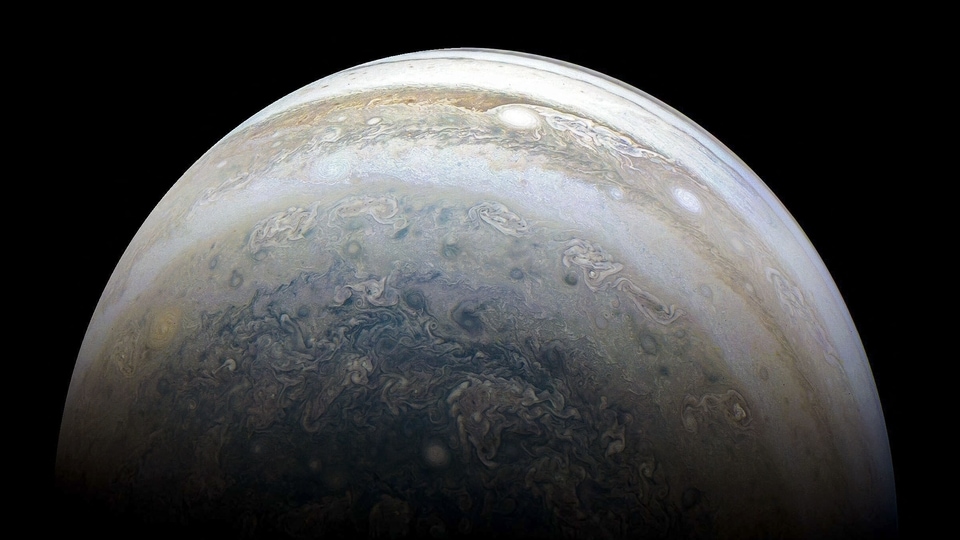
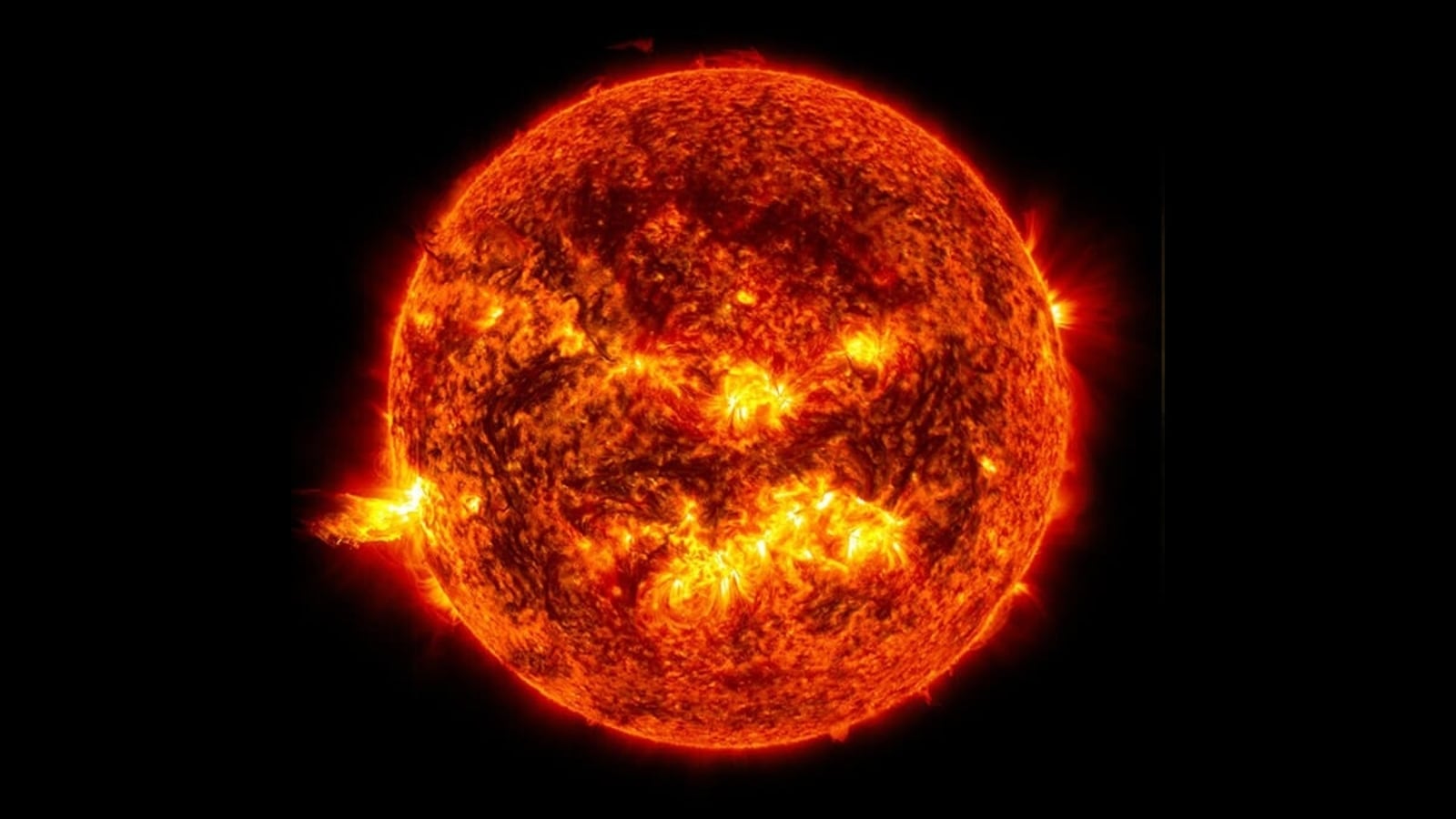
 View all Images
View all ImagesStars make the night sky look beautiful along with the Moon. But stars can sometimes turn dangerous too! According to the latest findings, stars like our Sun can eat their own planets. When the Sun starts dying, it will expand to become a red giant, engulfing the inner planets. And now, according to the latest study done using hydrodynamical simulations has revealed the forces acting on a planet when it is swallowed by an expanding star.
"The results show that the interactions of a substellar body (a planet or brown dwarf) with the hot gas in the outer envelope of a sun-like star can lead to a range of outcomes depending on the size of the engulfed object and the stage of the star's evolution," eurekalert.org said in a release.
“Evolved stars can be hundreds or even thousands of times larger than their planets, and this disparity of scales makes it difficult to perform simulations that accurately model the physical processes occurring at each scale,” said Yarza, a graduate student in astronomy and astrophysics at UCSC. “Instead, we simulate a small section of the star centered on the planet to understand the flow around the planet and measure the drag forces acting on it,” as quoted in the report.
The results may help explain recent observations of planets and brown dwarfs closely orbiting stellar remnants such as white dwarfs and subdwarfs. "Previous studies have suggested that these systems may be the end result of a planetary engulfment process that involves shrinking of the engulfed body's orbit and ejection of the outer layers of the star," the report said.
“As the planet travels inside the star, drag forces transfer energy from the planet to the star, and the stellar envelope can become unbound if the transferred energy exceeds its binding energy,” Yarza explained.
According to the calculations by Yarza and his colleagues, no substellar bodies smaller than about 100 times the mass of Jupiter can eject the envelope of a sun-like star before it has expanded to about 10 times the radius of the sun. At later stages of stellar evolution and expansion, however, the stellar envelope could be ejected by an object as small as ten times the mass of Jupiter, which would shrink its orbit by several orders of magnitude in the process.
The study also found that planetary engulfment can increase the luminosity of a sun-like star by several orders of magnitude for up to several thousand years, depending on the mass of the engulfed object and the evolutionary stage of the star.
It can be known that a paper on the new findings has been submitted for publication in the Astrophysical Journal and is available online at arxiv.org/abs/2203.11227.
Catch all the Latest Tech News, Mobile News, Laptop News, Gaming news, Wearables News , How To News, also keep up with us on Whatsapp channel,Twitter, Facebook, Google News, and Instagram. For our latest videos, subscribe to our YouTube channel.































